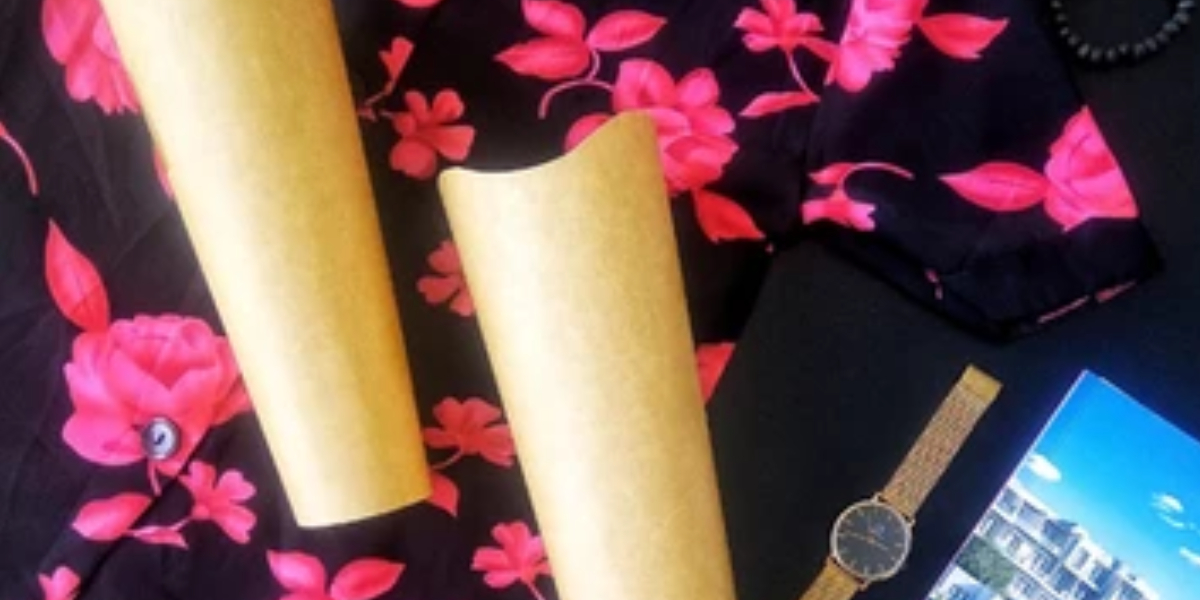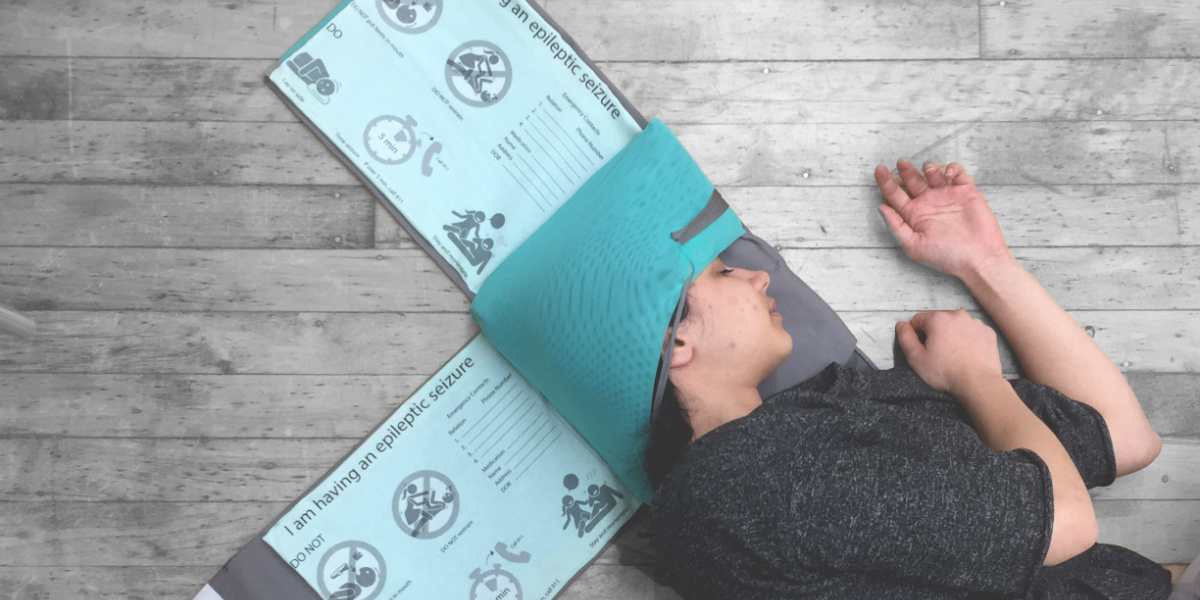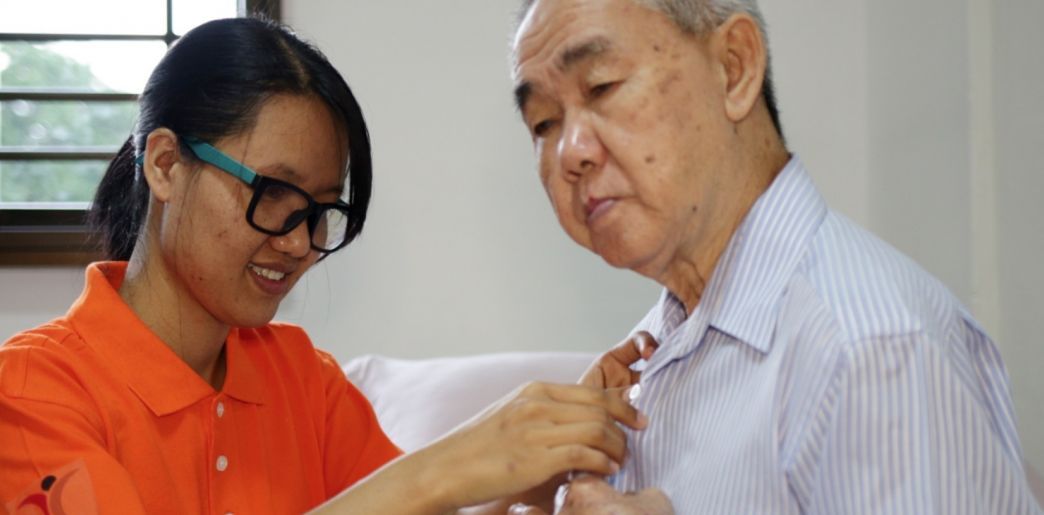AWARD YEAR
2023
CATEGORY
Body
GOALS
Good Health & Well-being, Balance Human & Artificial Intelligence
KEYWORDS
low-cost prosthetics, 3d printing, Customizable design, muscle-controlled
COUNTRY
Tunisia
DESIGNED BY
Cure Bionics
WEBSITE
https://dhaouafimed.wixsite.com/curetunisie
Hannibal arm
A 3D-Printed and lightweight bionics arms with multi-grip functionality and customizable aesthetics.
How does it work?
These 3D printing offers a lightweight and rapidly manufactured prosthetic using biodegradable and eco-friendly raw materials. Designed to fit the body's anatomy, the compressible and expandable socket gives a comfortable fit in varying conditions.
It is engineered to be controlled with muscles, using special sensors without any surgical intervention offering a multi-action functioning. It uses EMG sensors to detect the muscles' electrical activity, which they'll use to control the prosthetic arm as it was a biological arm.
Why is it needed?
In the U.S., amputees pay around $5,000 to $50,000 out-of-pocket each time they buy an artificial limb, with adults needing to replace each device every two to five years while growing children need to switch more frequently. There are plenty of prominent high-quality prosthetics producers globally, but Hannibal Arms is different from other prosthetic arms because of its production and accessibility. They offer an affordable and very competitive yet advanced prosthetic device compared to the market competitors. 3D printing provides a lightweight and fastly manufactured prosthetic using biodegradable and eco-friendly raw material.
How does it improve life?
The removable socket is designed to fit the body and allow multi-action functioning to perform everyday tasks efficiently.
It delivers high-quality prosthetics with the ability to be controlled with muscles, using special sensors without any surgical intervention. Additionally, the breathable and adjustable socket allows enhanced comfortable ventilation in challenging environments.
The startup’s prosthetics are designed to be aesthetically pleasing to help reduce stigmas associated with limb differences—with the hope that people will be proud of their prosthetics.




